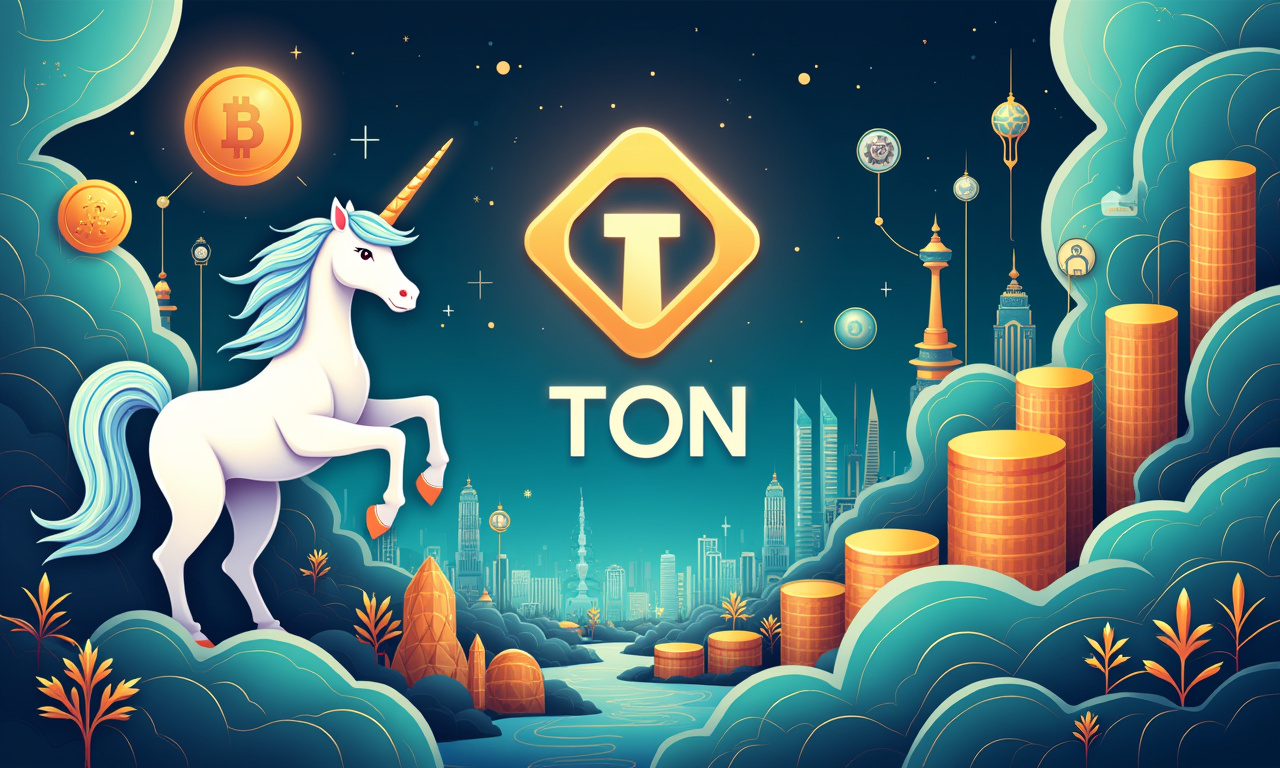
Minna Bank's Solana Stablecoin Pilot: Japan's Web3 Leap?

Lim Qiaoyun
Minna Bank is a brand-new digital-first financial institution, unique in the clarity and simplicity of their user experience. Now, it is dramatically leading the way to the future. The bank is currently exploring the technical feasibility of issuing stablecoins on the Solana blockchain, a move that could significantly impact Japan's financial landscape and potentially reshape the global adoption of blockchain technology in traditional banking. This pilot project isn’t a solo endeavor. Through partnerships with leaders such as Fireblocks, Solana Japan and TIS Inc, Minna Bank is moving forward to take on this challenge and explore this new frontier together.
This initiative comes at an opportune time for Japan, which is in the midst of actively updating its crypto asset regulations. The approval of a bill allowing domestic venture capital firms to invest in crypto assets signals a more welcoming environment for Web3 projects. Coupled with Minna Bank’s successful stablecoin pilot, this regulatory clarity will help position Japan as a more attractive center for Web3 innovation and investment. In short, we could be at the beginning of a massive wave of Web3 technology adoption in every sector. The pilot program is more than just a technological experiment. It is a testament to Japan’s concerted efforts to wave the decentralized flag and thrust the country into the spotlight as a likely leader in Web3 development.
Exploring the Potential of Stablecoins on Solana
The use cases under consideration include:
- Cross-border payments: Streamlining and reducing the costs associated with international money transfers.
- Real-world asset trading: Enabling fractional ownership and easier trading of assets like real estate or commodities.
- Day-to-day digital payments: Facilitating seamless and efficient transactions for everyday purchases.
Web3 Wallet Integration & Regulatory Considerations
It uses the pilot to discover how Web3 wallets can enhance the overall user experience. It will introduce more accessible and ultimately more helpful tools to help departments manage and leverage their digital assets. This last piece is key to moving into mainstream adoption. User experience is still a major hurdle for most people who aren’t already adept in Web3 technologies. The overarching purpose of the entire pilot is to validate the issuance and usage of stablecoins within regulated frameworks. Compliance is a key consideration for our pilot project. It ensures that we are compliant with Japan’s high financial standards and able to address anti-money laundering (AML) / know-your-customer (KYC) issues.
Challenges and Implications for Global Adoption
While the potential benefits are clear, Minna Bank may find there are numerous challenges to implementing this pilot. The real challenge is navigating Japan’s labyrinthine financial regulations. The bank would have to find successful ways of integrating stablecoins into its established banking infrastructure. Simultaneously, it needs to maintain regulatory compliance and user fund protection expectations. Meeting the specific regulatory requirements for stablecoin issuance, including obtaining the necessary licenses and approvals, will be a critical step.
The Bigger Picture
The lessons from Minna Bank’s pilot reach well beyond Japan’s shores. If this project succeeds, it would provide a tremendously useful blueprint. It provides the opportunity for other traditional banks to engage with it to better understand the potential of blockchain technology and stablecoins. Big banks such as BBVA, Citi, ING and Societe Generale are all jumping headfirst into blockchain initiatives. Their participation is a bellwether of the growing excitement around this game-changing technology. As regulatory clarity improves, particularly with initiatives like MiCA in the EU, more banks are likely to embrace blockchain to avoid falling behind the curve. The international blockchain market in banking and financial services is projected to grow tremendously. Behind the frenzy, are companies and investors recognizing the radical change this technology brings.
The potential of Web3 technologies is further reflected in multiple sectors across Japan. Initiatives such as “STEPN GO”, “Soneium”, and “SNPIT” showcase how blockchain technology can be integrated into daily life, gaming, and photography. Web3 is already playing a major role in regional revitalization efforts. Projects such as the “Aogashima DAO Project” and “Hometown Tax NFT Project” combine token-based crowdfunding and NFTs to revitalize local economies. These diverse applications, combined with Minna Bank's innovative pilot, paint a picture of a Japan poised to embrace the decentralized future and potentially lead the way in integrating blockchain technology into the traditional financial system.


